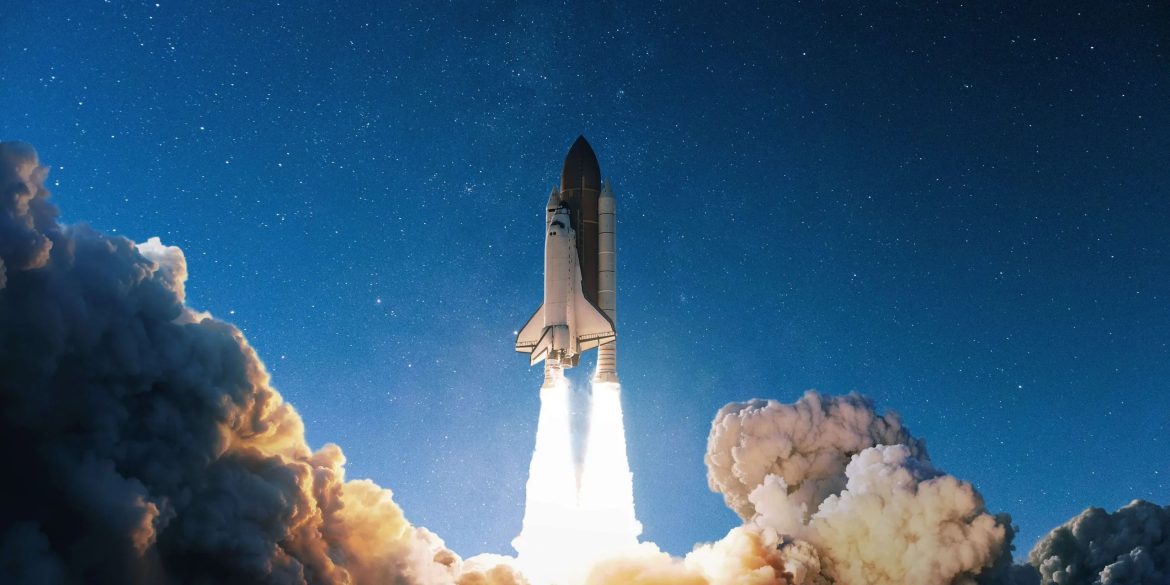The field of space exploration has witnessed remarkable advancements in recent years, with numerous missions pushing the boundaries of human knowledge and technology. In this article, we will explore some of the most significant recent advancements and missions in space exploration, highlighting the breakthroughs and discoveries that are shaping our understanding of the cosmos.
Advancements in Rocket Technology
Reusable Rockets
One of the most notable advancements in space exploration is the development of reusable rockets. Companies like SpaceX, led by Elon Musk, have successfully demonstrated the ability to launch, land, and relaunch rockets multiple times. This achievement has the potential to significantly reduce the cost of space travel and make exploration more sustainable.
Heavy-Lift Launch Vehicles
The development of heavy-lift launch vehicles, such as the SpaceX Falcon Heavy and NASA’s Space Launch System (SLS), has enabled the launch of larger payloads and more ambitious missions. These rockets have the capacity to carry crewed missions to the Moon and beyond.
Lunar Exploration
Artemis Program
NASA’s Artemis program aims to return humans to the Moon by the mid-2020s. This ambitious initiative includes plans for the first woman and the next man to set foot on the lunar surface. The Artemis missions will not only advance our lunar exploration efforts but also serve as a stepping stone for future crewed missions to Mars.
Lunar Gateway
As part of the Artemis program, NASA is working on the Lunar Gateway, a space station that will orbit the Moon. The Gateway will serve as a staging point for lunar missions, providing a platform for scientific research and international collaboration.
Mars Exploration
Perseverance Rover
NASA’s Perseverance rover, which landed on Mars in February 2021, is equipped with advanced scientific instruments and the capability to collect soil and rock samples. Its primary mission is to search for signs of past microbial life and pave the way for future human missions to Mars.
Ingenuity Helicopter
Traveling with the Perseverance rover is the Ingenuity helicopter, the first powered, controlled flight on another planet. The success of Ingenuity demonstrates the feasibility of powered flight in the thin Martian atmosphere and opens up new possibilities for aerial exploration of the Red Planet.
Interstellar Exploration
Voyager 1 and 2
Although launched in the 1970s, NASA’s Voyager 1 and 2 spacecraft continue to make groundbreaking discoveries as they venture into interstellar space. These probes have provided invaluable data about the outer planets of our solar system and are now providing insights into the interstellar medium.
Breakthrough Starshot
The Breakthrough Starshot initiative aims to send tiny, lightweight spacecraft to the nearest star system, Alpha Centauri, at a significant fraction of the speed of light. While still in the planning stages, this project represents a bold vision for interstellar exploration.
Commercial Space Tourism
Suborbital Space Tourism
Companies like Blue Origin and Virgin Galactic have been making strides in the development of suborbital space tourism. These ventures aim to offer civilians the opportunity to experience a few minutes of weightlessness and witness the curvature of the Earth from space.
Challenges and Future Directions
While these advancements and missions are exciting, space exploration also faces challenges. These include addressing the environmental impact of rocket launches, ensuring the safety of astronauts on long-duration missions, and navigating international collaboration in space endeavors.
Looking ahead, the future of space exploration holds promise for further discoveries, with upcoming missions planned to explore asteroids, study exoplanets, and continue the search for extraterrestrial life. Additionally, the emergence of commercial space companies is likely to play a significant role in expanding access to space and driving innovation.
In conclusion, recent advancements and missions in space exploration have propelled humanity into a new era of discovery and exploration. Whether it’s the quest to return humans to the Moon, the exploration of Mars, or the pursuit of interstellar travel, these endeavors remind us of the boundless potential of human ingenuity and our innate curiosity to explore the cosmos. As technology continues to advance and international cooperation grows, the future of space exploration promises to be even more thrilling and transformative.

